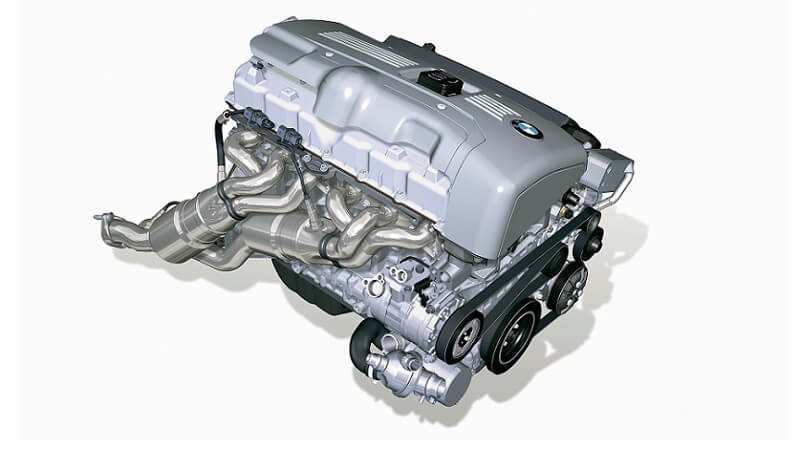The BMW E30 is one of the most sought-after machines ever produced by the German manufacturer. This second generation of the 3-Series has been around for nearly three decades now and even today is a favorite amongst Bimmer enthusiasts. Unsurprisingly, over this time, owners have experimented with modifying their cars extensively, both cosmetically and mechanically.
One of the more niche approaches to customizing a BMW E30 comes in the form of widebody kits. In this article, we’ll look at everything there is to know about E30 widebody kits, from the pros and cons of adding one to your car, to how much the process might cost you.

What is a Widebody Kit?
As the name suggests, a widebody kit simply increases the width of your car. Widebody kits find their roots on the racetrack, where manufacturers and racing teams require a wider stance and tires for added handling and stability. In most cases, the widebody kits also gave the car a slammed stance, reducing drag and increasing traction.
In fact, the very first BMW E30s to feature a widebody was probably the E30 M3 that reigned supreme in the 24 Hours of Nürburgring, the Deutsche Tourenwagen Meisterschaft (DTM), and several other racing series’.
Following their genesis on the racetrack, E30 widebody kits made their way onto the streets. That said, most of the street-legal options you’ll find for your car are purely aesthetic additions and have little to offer with regard to performance. Today, an E30 widebody kit is one of the many ways an owner can set their car apart from the rest of the crowd. It typically comprises front and rear bumpers, side skirts, fenders, and a rear spoiler.
What Are The Different Types of BMW E30 Widebody Kits?
Widebody kits are usually differentiated by their construction. They are generally made from fiberglass, polyurethane, or carbon fiber. Fiberglass or Fibre Reinforced Plastic (FRP) is the most common of the lot as it’s readily available and the most simple to work with. You’ll find several aftermarket E30 widebody kits made from fiberglass, and if you’re looking for something to alter your car’s aesthetics, this is likely the best choice.
Next, there’s Polyurethane (PU). Polyurethane is a more expensive choice than fiberglass body kits. However, it’s notably less fragile as well, meaning it can withstand minor impacts much better. This is especially important for the front fenders and side skirts as they are the most likely to be damaged.
The last and least common type of widebody kit is one made of carbon fiber. Carbon fiber is a costly material revered for its lightweight properties. A carbon fiber BMW E30 widebody kit will be rare since it’s only feasible for someone looking to shave off as much weight as possible. This option just does not make sense for a car that’s going to spend most of its time on the streets.
Should You Get a BMW E30 Widebody Kit?
Whether you should get a widebody kit depends on what you want to achieve with the transformation and how much money you have to spend. As we mentioned above, one of the main reasons that drivers choose to equip their car with widebody kits is so that they can add wider wheels and tires. Now, you can add wider wheels even without a widebody kit, you can only go so far. A widebody kit allows even the most aggressive tire/wheel setups to sit more flush with the rest of the car.

Wider tires translate to more rubber on tarmac, improving cornering ability and stability. If this is the direction you want to take your E30, then a widebody kit is worth considering. That said, depending on the material used for the equipment, this can also increase the weight of your car, reducing acceleration. If you want to improve your vehicle’s performance, it’s worth spending a little more on the body kit.
If your intentions are purely to improve the car’s visual appeal, you can get away by buying a more affordable kit that offers the look you want. Just remember that vehicle width is governed by law in certain jurisdictions, so make sure to check the legality of such mods in your area before you get a widebody kit.
Another thing to remember before purchasing a widebody kit is that it can sometimes require you to alter or cut parts of your car to properly accommodate the new components. This is a permanent mod. As a result, a BMW E30 widebody kit can easily tank your car’s resale value.
How Much Does a BMW E30 Widebody Kit Cost?
Depending on the materials used and the components part of the kit, an E30 widebody kit can cost anywhere from a few hundred dollars to upwards of $10,000 for a carbon fiber kit. The more expensive ones are usually made for the racetrack after hours of prototyping and designing. These kits typically give the car a lower stance, reducing the center of gravity while also reducing lift and increasing downforce.
Find Parts that Best Match Your Vehicle!
At the end of the day, the best E30 widebody kit for you depends on your budget. If you only want to accommodate wider wheels, you also have the option of getting just wider fenders.
Improving the aesthetics of your BMW E30 is just one aspect of putting together your dream car. Here at Bimmers.com, we may not stock widebody kits, but we have just about everything else for your E30. All our parts are sourced from some of the most trusted names in the automotive space. Simply head to the shop section, input your car’s details, and select the part you need!





